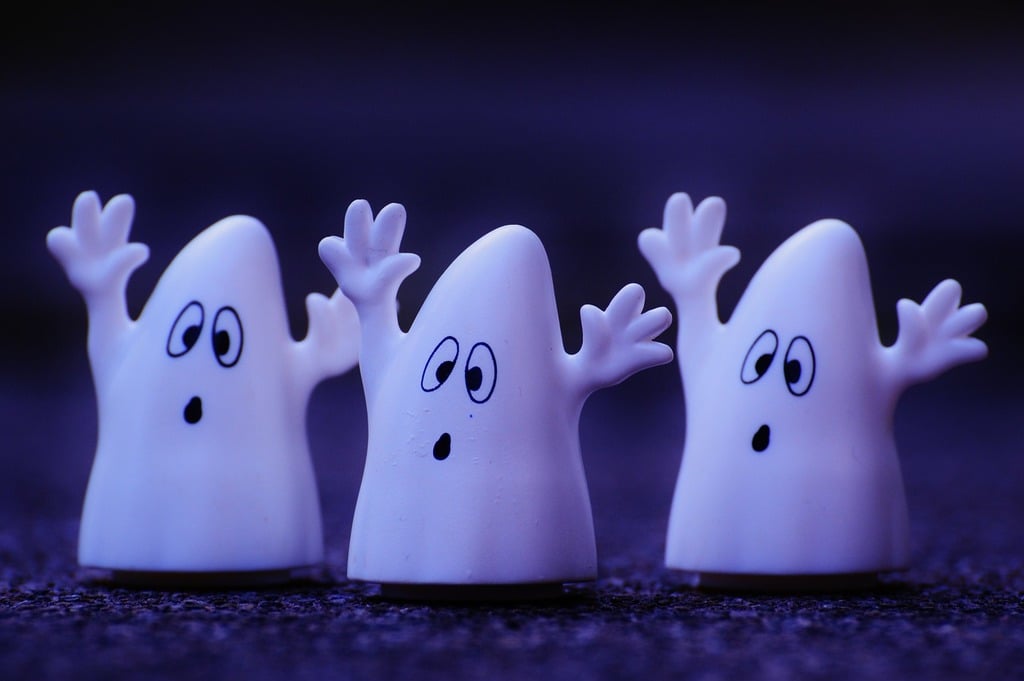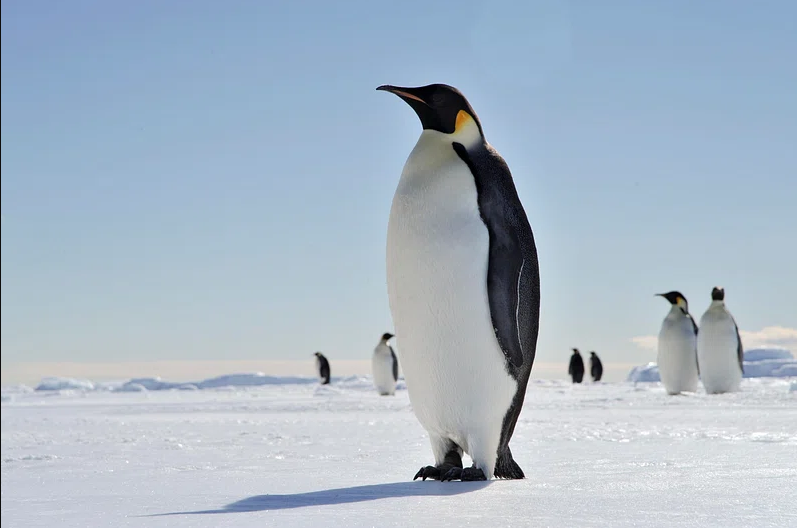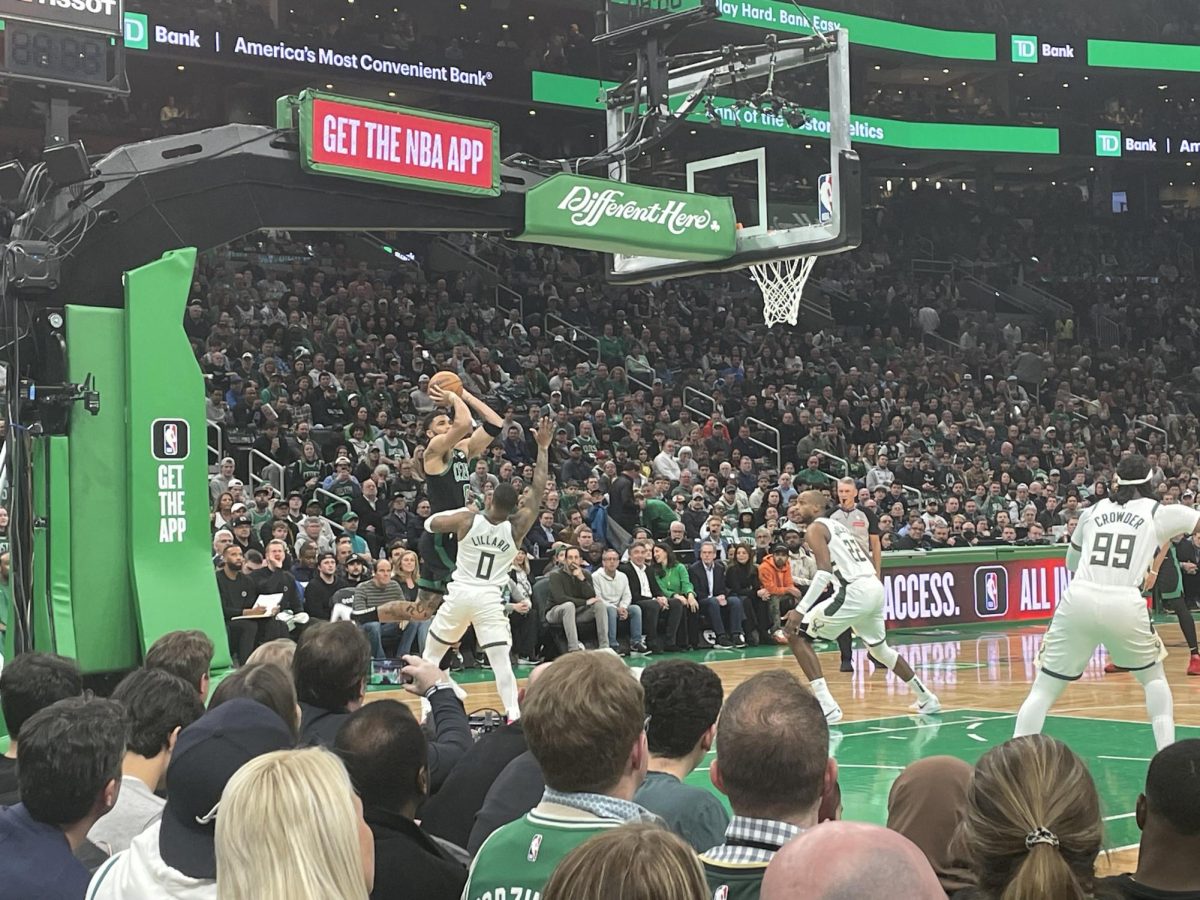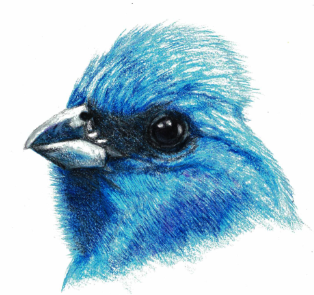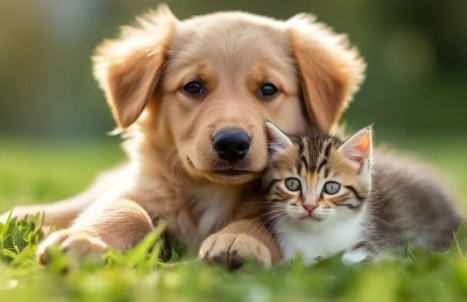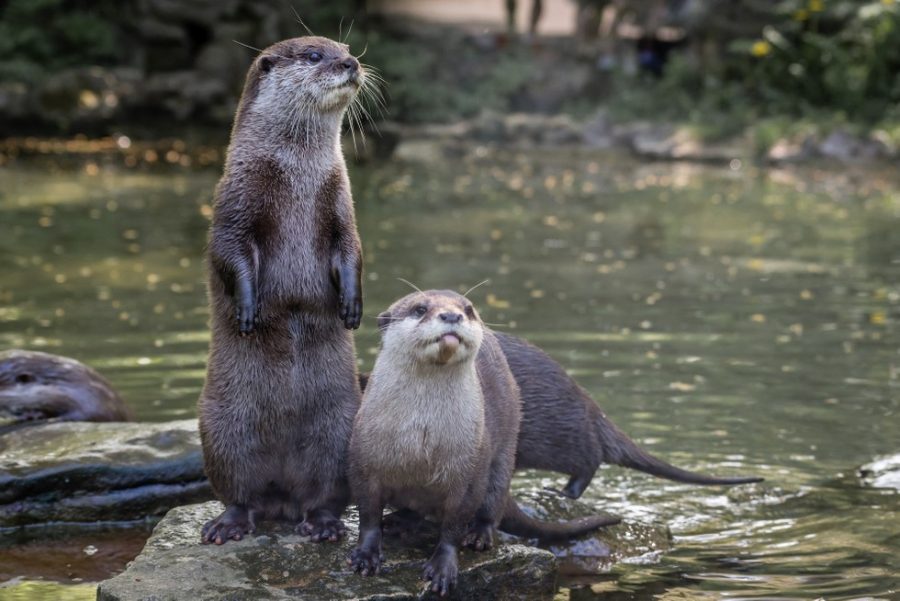The Environmental Disruption on Saltwater Otters
Photo taken in Dudley, United Kingdom
January 17, 2023
Countless benefits can be found within the planet we, humans, all inhabit- every single one aiding our ability to live comfortably yet ready for the future- big or small. Examples of these, to name a few, can be the governmental authorities- employed individuals that work hard to protect the rights and freedoms of the unified people in a select community- and Earth itself, which beholds solid ground pronouncing what seems like limitless boundaries, lending us the room we may need to help build our lives. One in particular, though, is beyond compare- standing out like no other in light of its prominence in which we can so cruelly ignore, known irreplaceably as the environment. Of course, the environment’s coverage of land alone is everywhere you step and, in fact, is the building block of maintaining both a healthy body and overall balanced lifestyle. It grasps a keen sense of biodiversity and institutes much variation of organisms, or living beings among its lands, who act in separate ways and unanimously provide a boost that steadies the people and things around us. A focus capturing this peace and balance in the world pinpoints the ecological features and their relation to genus Enhydra lutris, or a species we refer to as sea otters. As much as they may be jubilantly playful while fashioning their habitats as a solitude of safety, the everlasting conditions in the environment that have slowly begun to morph from climate change are approaching the sea otter population with defiance, and not for the better.
Common Environmental Components
As part of the environment, many specimens and wonders of the world are all connected and have close relations in some way- all cooperating to form a balanced, natural picture and to then help us humans grow. However, there are a number of cases shown with every passing day where objects in categories known as abiotic and biotic factors collide, and prevail either as a positive asset or problematic result after which they are compiled. Abiotic factors are simply the nonliving features inside the environment as a whole, meaning they do not have cells that can more largely cause them to move or function as a living thing does, which are known instead as biotic factors. As Britannica Middle informs, “An environment is the combination of all of the physical, chemical, and biological factors acting upon an organism or an ecological community.” You most likely have had this mentioned to you beforehand, but this can proceed in an array of directions. For instance, a duck with its family may glide along the waterways winding through their ecosystem for drinking and transportation- a basic inclination of the animal. These can be more serious, though. If a predator is searching for its prey, if small enough, the prey can use soil (the thick layer beneath grass that supports its growth, as you have already comprehended) and geologic structures to hide and evade consumption. These are both abiotic and biotic factoral occurrences. Complexity aside, they make the environment’s state what it presently is and has been known to be.
The Behavioral Patterns of Animals
We all have the knowledge that animals act in specialized methods. Because they are situated in an environment that they must respond to, their instincts or choices gradually paint a picture of their typical actions and demeanor entirely toward others, including people. But, with all ongoing alterations and the flexibility allowed to the environment, how fortuitous is a species’ behavior subject to change? Well, Britannica Middle has details on the query: “At the receptors the incoming energy is changed into nerve impulses. In complex animals these impulses may travel either to the brain or through reflex arcs to trigger the hormone or muscle actions of a response.” This illustrates what truly runs through the internal workings of an animal, plant or decomposer- as only two options of response are alerted, either instinctive or incorporative thinking.
The website goes on to mention the methods in which animals physically counter problems because of either of the two possibilities aforesaid. Conditioning, the developmental use of repeatedly acting upon something to change its state in some particular way, is touched upon greatly. A common concept of slightly “detaining” measures, conditioning comes into action when a being is confronted with both a neutral and unconditioned stimulus, or “change in the body or in the environment” as stated. The neutral is normal and does not develop a change in the given specimen, while the unconditioned slowly spaces its behavioral characteristics farther apart until they are, in one instance, fully incomparable. When this is performed, the being over time will be used to having the unconditioned stimulus controlling it and will eventually act in a way that answers the object opposite it in the process, even without its existence or overarching advantage in the exchange. Operant conditioning is an additional portion of a living thing’s reactions and products towards such matters, where “consequential” events may navigate harm in the organism and lead to the prevention of returning to that same outcome. This is just one primary reaction to many stimuli, but in one organism, a further narrowed version of their behavior can be present.
The Significance of Saltwater Otters
Sea otters, curious, enlightening creatures, can be found along the west coast, or lining the edges of the Pacific Ocean, in the North American continent. They are wild but reserved animals that are always affably pleasant, floating along the sea. All of this aside, while they may unfortunately be endangered to several areas of Earth, they are intelligent creatures fulfilling all responsibilities step-by-step, especially struggles that they may come across for survival. They can break their food with rocks to avoid the unsafe promotion of eating their usual foods in an unprepared state, and on occasion may proceed along the shores of their homely waters- yearning for supplementation of food or drink. The other, usually attainable necessities they must focus towards can be retrieved in whole bodies of water, theirs to roam.
As a keystone species, an extensive listing of animals are dependent and rely intensely towards sea otters. Following their diet of sea urchins, they regulate the giant kelp foundations in the aquatic spaces they meander through. Keystone species are widely considered as species “often identified when the species is from a community and the resulting changes lead to ecological collapse. Such a removal usually occurs incidentally as a result of human action,” as Britannica Middle remarks. The kelp foundations serve as homes and secluded spaces for many animals, to keep from being captured or the ferocious attitude of other, untrustworthy organisms. If there is an excess amount of sea urchins, there would soon be a little amount of kelp- being its main dietary source and food to eat. Because of their prohibition of this, they keep all other aquatic species intact and free from large obstacles like losing their home. When this happens, they are required to search and long for a separate living place which they must secrete themselves. These wonders of the world pose as the pioneers of all around them to successfully achieve happy, pleasant living standards. Although their usual activity has never faltered from the changing of seasons, the mammals are exposed to “human acts” and our own population’s extremities, the group is constantly threatened because of barriers from climate change- making waters warmer, weather harsher in general terms, all because of our doings. Potentially the largest and most targeting cause of their extinction is this climate change which, yes, is the saddening flame that we have lit. This does not, should not, have the need to progress and foretell sea otters’ fortunes- we can play pivotal parts in preventing awful results of that tragic outburst by caring for and respecting the incredibles of our environment’s animals- if we muster enough strength to find resilience for them, sea otters included.
Putting the Pieces Together
As time elapses, the bolster of evolution and change in the actions and choices made by otters and many other crucial species is needed to outlast the grueling conditions and plight that is experienced from changing temperatures, and to combat that horror and perilous antagonist to this story- which could escalate in power gradually, making that then far more difficult to surpass. As Britannica notes, “Without adaptation, a species could not survive in an ever-changing environment.” This shift in increasing frustration constraining and coming upon us could be a plausible menace for these animals, and their existence altogether; it will be up to them and us to undergo tough situations and to forge a regulated, normal atmosphere for us all to thrive amidst. So, if we link our efforts with the sea otters and not only help adaptive evolution along for them if necessary, but the restraining of temperature-raising emissions and sources, our contributions can have a better impact- with the potential to make the world invulnerable to man-caused disasters and a better home for people and animals altogether.









